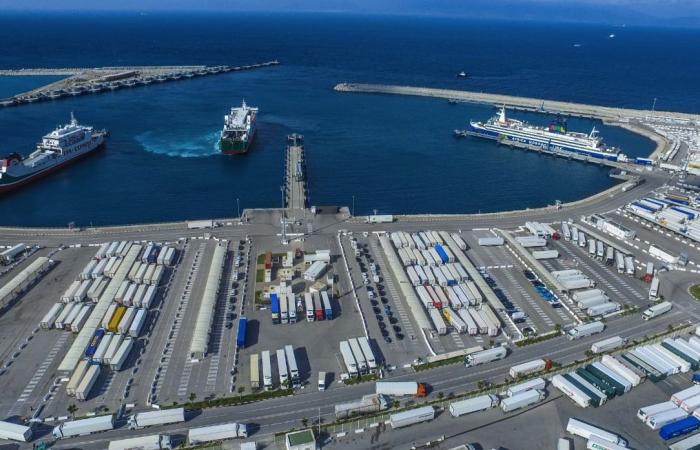The Peninsula – Qatar
Solar plane en route to Morocco
PAYERNE, Switzerland: The Swiss sun-powered aircraft Solar Impulse yesterday took off for Morocco on its first intercontinental flight attempt without using a drop of fuel.
Pilot Andre Borschberg successfully launched the plane from an airfield in Payerne in western Switzerland at around 8:30am (0630 GMT), bound for Rabat via Madrid, after a two-hour delay due to foggy conditions.
If successful the 2,500km (1,550-mile) journey would be the longest to date for the craft after an inaugural flight to Paris and Brussels last year.
The high-tech aircraft, which has the wingspan of a large airliner but weighs no more than a saloon car, is fitted with 12,000 solar cells feeding four electric engines. Borschberg was expected to land at Madrid’s Barajas airport at about 1am this morning for a three-day technical stopover, organisers said.
Checks would be carried out and depending on the weather conditions second pilot Bertrand Piccard would depart for Rabat on Monday.
The trip is intended as a rehearsal in the run-up to the plane’s round-the-world flight planned for 2014.
The aircraft made history in July 2010 as the first manned plane to fly around the clock on the sun’s energy. It holds the record for the longest flight by a manned solar-powered aeroplane after staying aloft for 26 hours, 10 minutes and 19 seconds above Switzerland, also setting a record for altitude by flying at 9,235m (30,298 feet).
The Solar Impulse is not the first solar airplane ever designed, but it is certainly the most ambitious. None of its predecessors has ever managed to fly right through the night with a pilot on board.
Solar aviation began with model aircraft in the 1970s, when affordable solar cells appeared on the market. But it was not until 1980 that the first human flights were realised.
In the United States, Paul MacCready’s team developed the Gossamer Penguin, which opened up the way for the Solar Challenger. This aircraft, with a maximum power of 2.5 kW, succeeded in crossing the Channel in 1981 and in quick succession covered distances of several hundred kilometers with an endurance of several hours.
In Europe, during this time, Günter Rochelt was making his first flights with the Solair 1 fitted with 2,500 photovoltaic cells, generating up to 2.2kW.
The voyage of the Solar Impulse could be tracked live online at: http://live.solarimpulse.com/
Agencies



